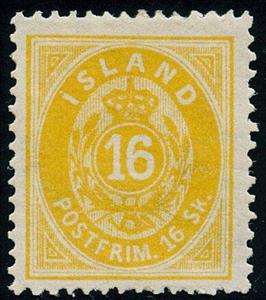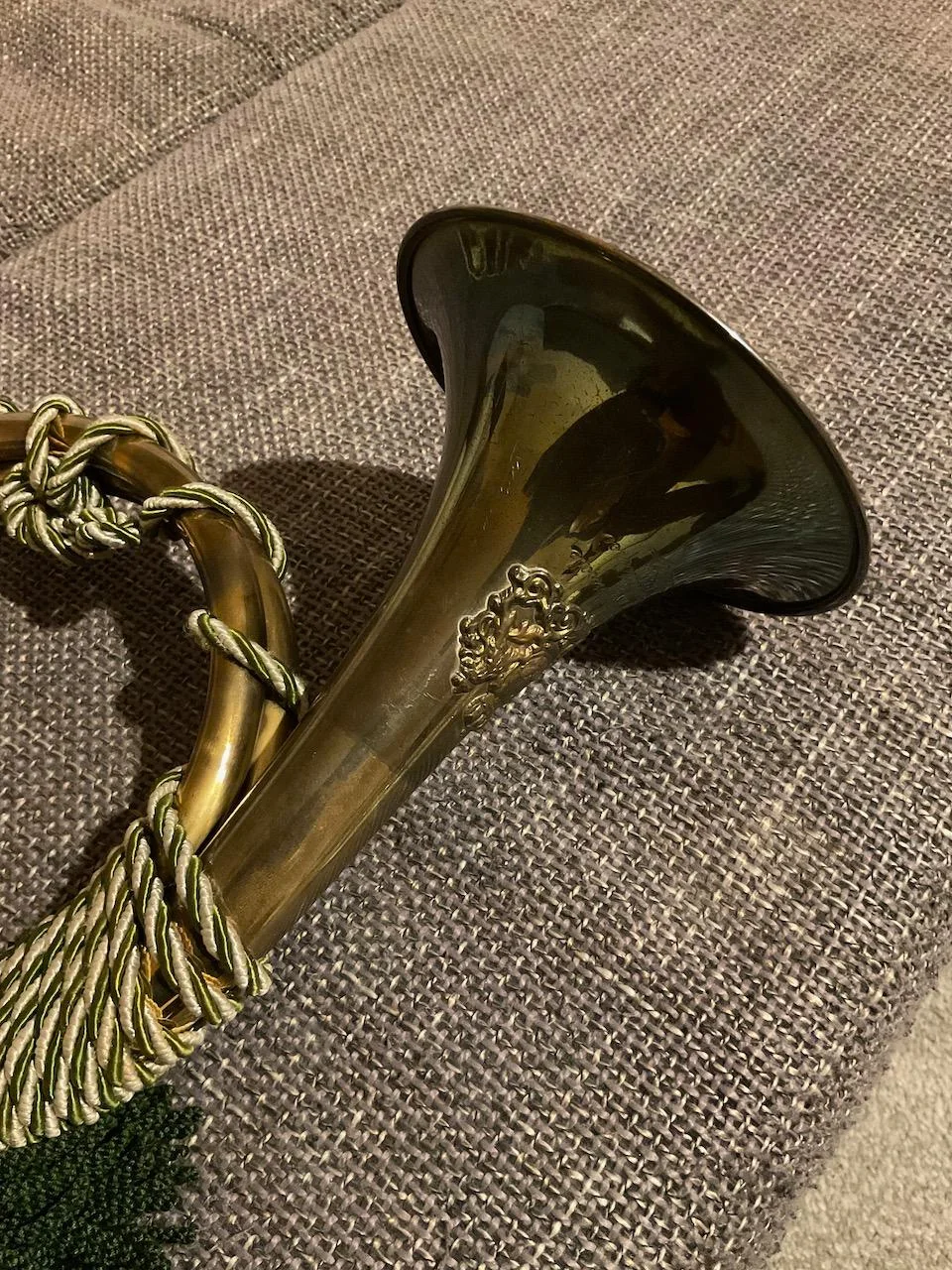Stamp: 16 Sk (Iceland 1873)
16 Sk (Iceland 1873)
01 January (Iceland ) within release Skilling goes into circulation Stamp 16 Sk face value 16 Icelandic skilling
| Stamp 16 Sk in catalogues | |
|---|---|
| Michel: | Mi: IS 5A |
| AFA number: | AFA: IS 4 |
| Facit: | Fac: IS 4 |
Stamp is square format.
Also in the issue Skilling:
- Stamp - Skilling face value 2;
- Stamp - Skilling face value 4;
- Stamp - Skilling face value 8;
- Postal Stationery - Skilling face value 8;
- Stamp - 4 Sk face value 4;
- Stamp - 16 Sk face value 16;
- Stamp - 4 sk green Official face value 4;
Stamp 16 Sk it reflects the thematic directions:
In British heraldry, a coronet is any crown whose bearer is less than sovereign or royal in rank, irrespective of the crown's appearance. In other languages, this distinction is not made, and usually the same word for crown is used irrespective of rank (German: Krone, Dutch: Kroon, Swedish: Krona, French: Couronne, etc.) In this use, the English coronet is a purely technical term for all heraldic images of crowns not used by a sovereign, and implies nothing about the actual shape of the crown depicted. A Coronet is another type of crown, but is reserved for the lower ranks of nobility like Marquesses and Marchionesses, Earls and Countesses, Barons and Baronesses, and some Lords and Ladies. The specific design and attributes of the crown or coronet signifies the hierarchy and ranking of its owner.
A number is a mathematical object used to count, measure, and label. The most basic examples are the natural numbers 1, 2, 3, 4, and so forth. Numbers can be represented in language with number words. More universally, individual numbers can be represented by symbols, called numerals; for example, "5" is a numeral that represents the number five. As only a relatively small number of symbols can be memorized, basic numerals are commonly organized in a numeral system, which is an organized way to represent any number. The most common numeral system is the Hindu–Arabic numeral system, which allows for the representation of any non-negative integer using a combination of ten fundamental numeric symbols, called digits. In addition to their use in counting and measuring, numerals are often used for labels (as with telephone numbers), for ordering (as with serial numbers), and for codes (as with ISBNs). In common usage, a numeral is not clearly distinguished from the number that it represents.
The post horn is a valveless cylindrical brass instrument with a cupped mouthpiece. The instrument was used to signal the arrival or departure of a post rider or mail coach. It was used by postilions of the 18th and 19th centuries.



